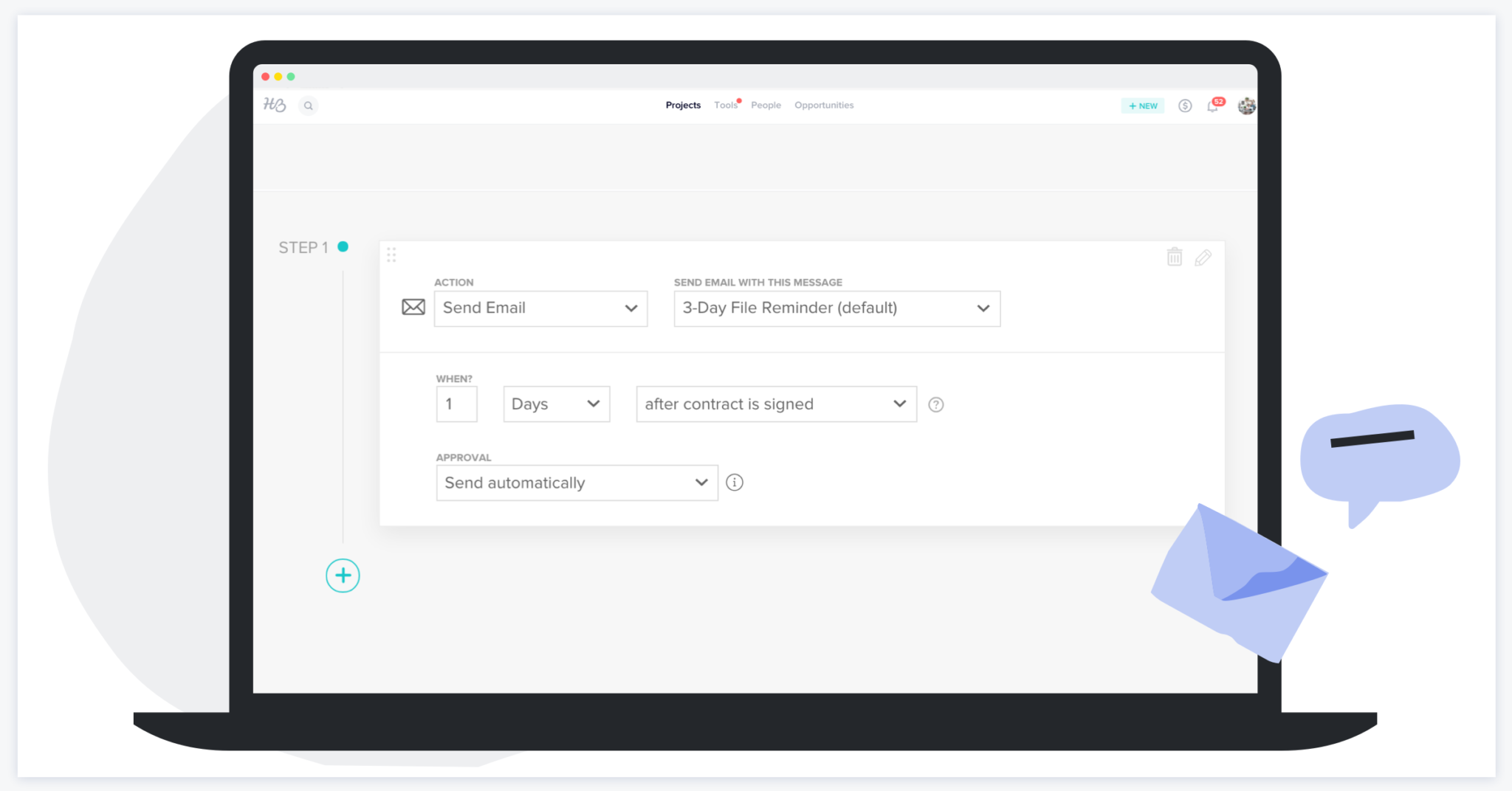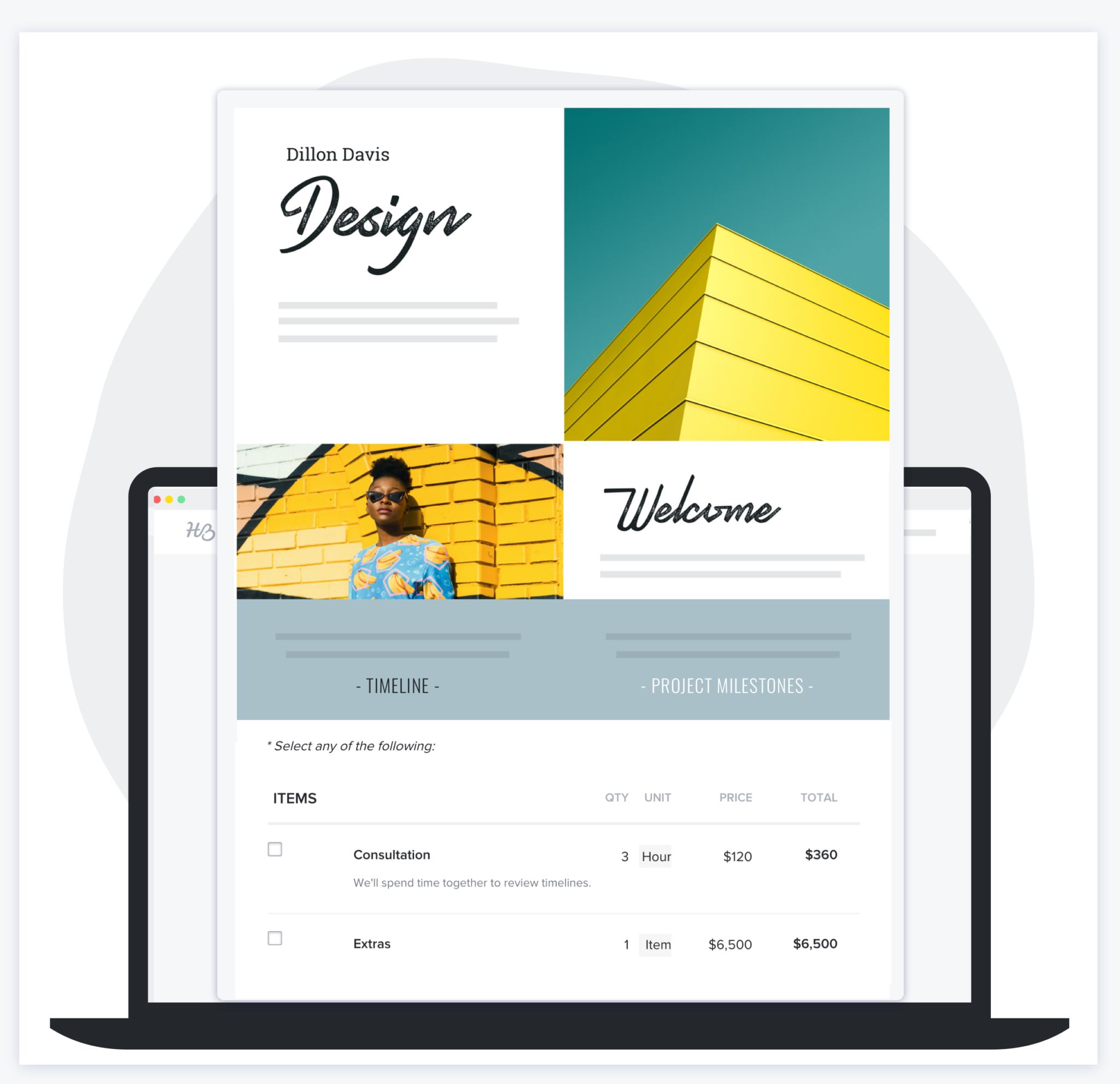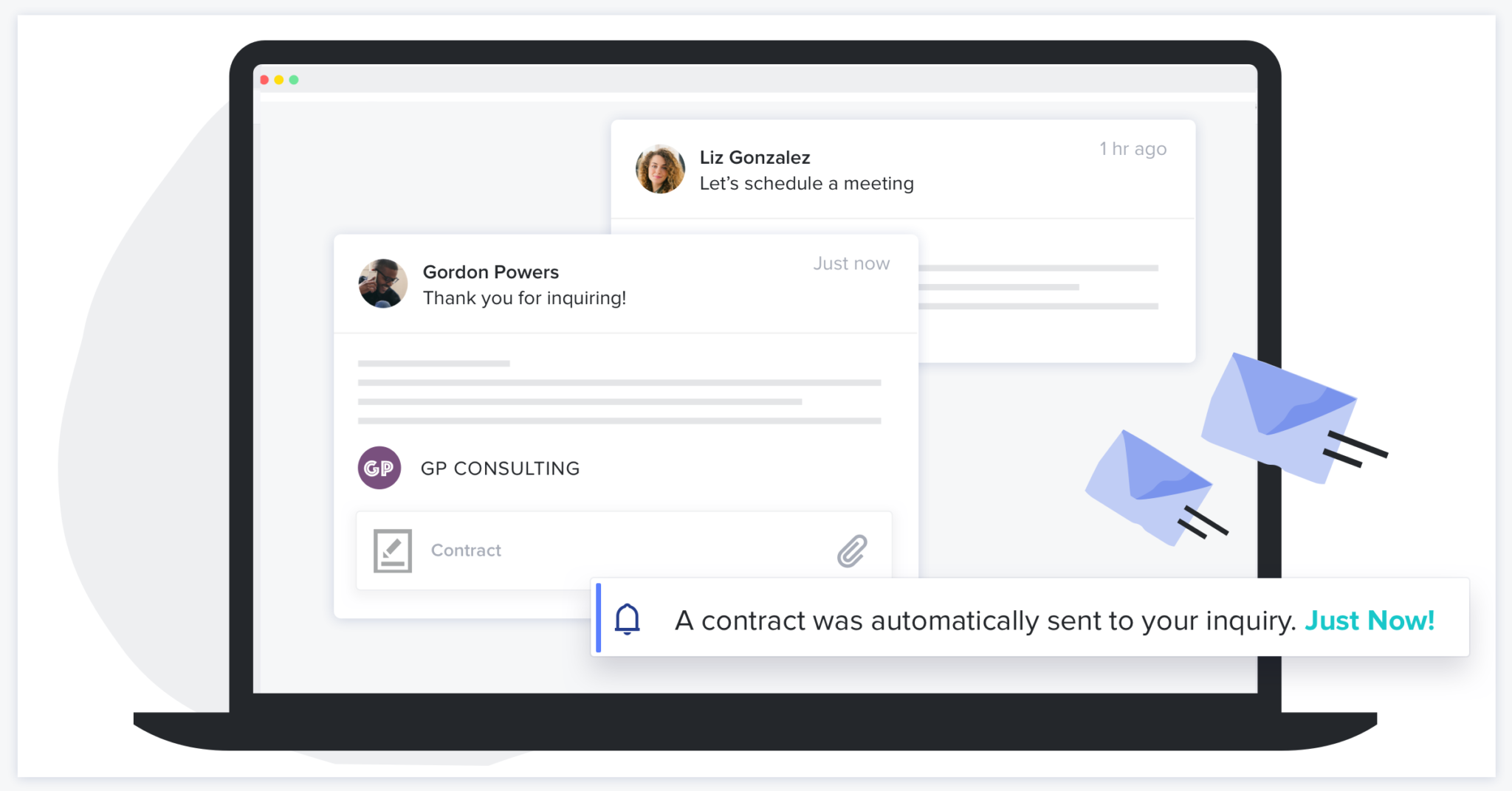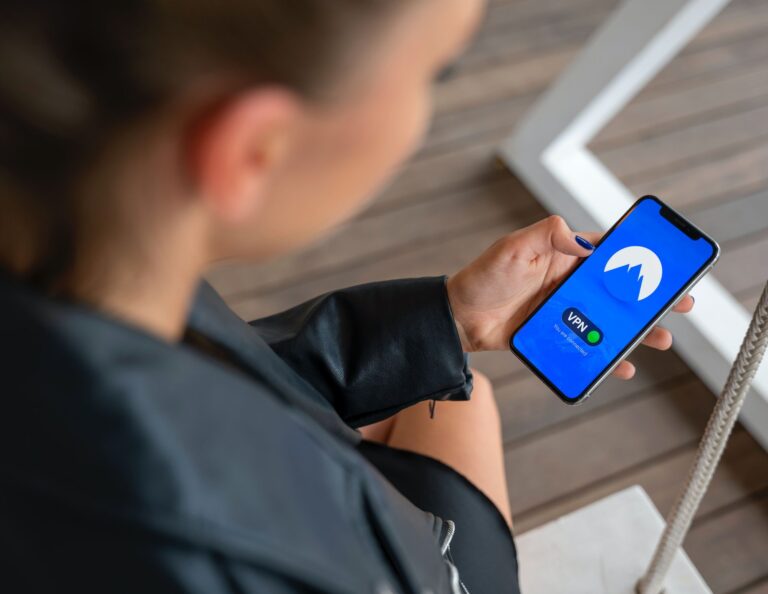Learn how to create an inclusive client experience that includes options for everyone. Enhance your business inclusivity with simple processes you can automate.

From your leads to your long-term partnerships, providing an inclusive experience for your clients will help you meet and exceed their expectations. It’s easier than you think, and it doesn’t have to mean adding more resources or offerings. Instead, it’s as simple as ensuring you’re providing the same access, information and interactions to each client, every time. A process that offers equal opportunities can set your business apart and become a well-known part of your brand.
Ensuring everyone is treated equitably will create a joyful and stress-free experience that the community will come to know you by. Building a client experience with inclusivity in mind will also attract a bigger pool of potential clients. Without alienating anyone, you can ensure a steady flow of new and returning clients who know they’ll be well taken care of.
But what goes into the client experience? It’s beyond simply how you communicate and includes meeting different needs and providing the best value for your services. To start, ask yourself the following questions:
What is your current process for vetting clients?
Evaluating a good client fit should be based on factors like budget, timeline and whether your capabilities match what they’re looking for in a provider. Be sure to treat everyone respectfully without assumptions, and treat the leads you turn down with the same respect you’d offer to new clients.
Do you have an established process for each client?
Though specific details may change, an ideal experience includes standards for everyone. For instance, if you’ve given free consultation calls to some clients, every new lead should be able to expect the same experience.
Do clients often ask you for the next steps, or do they understand what to expect throughout the project timeline?
Even if things change, your clients should be aware of each step in the process. Diligent communication will ensure your client knows what to expect and is assured their needs are met throughout.
Do you offer accessible options to all of your clients?
Ensuring all people can engage with your business increases your chances of landing more clients. At the start of each project, capture your client’s communication preferences to help meet their needs, and offer a variety of options like email, phone and video calls. Some may prefer email if their work hours differ from yours, while others may prefer video calls where they can see you while communicating. For your primary communication methods, offer live transcriptions or closed captioning whenever possible, such as on Zoom. You can also send a call agenda to each client along with their confirmation email.
These questions are just a start. No matter how you answered, there’s likely room to improve your client experience with inclusivity in mind. As businesses grow and change, it’s always beneficial to reevaluate your processes. Use some of our tips below to address opportunities to create an inclusive client experience from start to finish – we promise both you and your clients will notice a difference!
Make the first impression matter
Your clients’ first impression begins before you even have the chance to communicate with them. Regardless of your industry, potential clients will likely be conducting research on your social media profiles, website, review pages and more.
Make sure visitors have all the information they need to reach out to you, such as project examples and services offered. Beyond your business information, let your audience get to know your brand through your tone of voice on social media and the type of content you share. Let your personality shine!
Once someone knows they’re interested enough to reach out, it should be easy for them to get that ball rolling. Create a simple contact form that you can embed on your website, share via email or link across social media. Don’t scare off your potential leads by asking them to do too much work too soon – just get the basic information you’ll need to follow up, such as name, project type, budget, timeline and contact information. You can also ask for optional communication preferences at this step, including their preferred pronouns and method of communication.
Once that first inquiry comes through, an automated email is a great way to treat every lead the same and let them know you’ve received their request in a timely manner. To more quickly move this potential client along in your process, include a link to schedule an initial call with our online meeting scheduler or consultation in that first email. If you want more information before meeting with them, you can also include a project questionnaire to help vet if there’s a good client fit. Whatever you choose, automating that first touchpoint is a crucial time-saving step that will help you hold on to leads who are speaking with many different vendors. Importantly, it also ensures everyone has the same initial interaction with your business.
The HoneyBook Automations feature makes it easy to streamline this early stage in your booking process. With the contact form on your website, new inquiries will drop right into your HoneyBook Pipeline, and when they do, your customized workflow will trigger the first email. Try building out an automation for each project type, including unique contact forms. By linking your contact forms with each project type, you can send a more personalized email to each potential client while maintaining an automated process.
Automate your first touchpoint
Learn MoreOffer the same information to all your leads
Though it sounds intuitive, it’s easy to forget to send information when you don’t have a process in place. Especially if your business offers a variety of services or project types, you may unconsciously spend more time cultivating the leads that are interested in bigger projects vs. those asking for lower-cost services. This is where spending time up-front on your client experience will pay off in the long run.
Instead of waiting until you’re asked about your services, spend the time putting together a variety of business brochures tailored to each type of project or package that you offer. Your brochures might include project examples, case studies, testimonials and pricing breakdowns. Within your brochure design, take the opportunity to lead with inclusion as well. Showcase project examples, case studies and testimonials that represent your clients’ diversity. Also, be sure to use inclusive language that’s applicable to all clients.
Make sure your brochure is a great reference for clients to take the next step toward working with you. If some clients need to conduct additional research on their own, it isn’t an equal process to those who have everything they need in one place. It’s a win-win for all when your leads feel informed about what you have to offer, and they may even decide to choose more services than previously planned.
Pro tip
Even if you’re endlessly busy, don’t let your leads find out! Set up automated emails to send out a few days after they’ve received your brochure and haven’t responded. This will show everyone that you care about their project – whether it’s big or small—and they’ll appreciate the personal touch after receiving all the information from your brochure.
Set clear expectations for each project
Congratulations, you’re about to book a new client! If they’ve chosen a project from your brochure and are ready to move forward, it’s time to send out a proposal. When you send out your service proposal using our proposal software, use it as a way for your clients to get to know you better. Take advantage of customization options like adding a unique header image to your invoice and including your brand colors throughout.
The proposal also ensures your clients are aligned with the upcoming scope of work through your contract as well as the payment expectations outlined in your invoice. The HoneyBook proposal combines the online contract and invoice to help expedite your onboarding process and set a high level of professionalism that all clients will appreciate.
Though you’ll want to include the necessary legal jargon surrounding your business and services, you can also include the full scope of work inside your contract. Include everything they’ve selected from your brochure or anything you’ve agreed on via email or phone. If your project includes a set date or timeline, be sure to include those as well. If the project timeline is more fluid, assign your scope of work to set milestones so your clients can see what the project pipeline will look like.
Incorporate price transparency within this step by laying out your scope of work and corresponding costs with more detail inside your invoice. Make sure your clients understand what they’re paying for and what they can expect at each milestone as well as at completion. When you send your proposal, allow the opportunity for questions so your clients know they can double-check the scope of work or cost with you before they sign and pay.
Even though we’re talking about client experience, don’t forget that expectations go both ways. Discover what you can expect from your client through informational questionnaires. A standard onboarding questionnaire should give you everything you need to move forward with the project, while also removing unconscious bias about what you think your client will want or need.
Open the door to ongoing communication
From the start of the project, establish the best way to communicate at each step. To make communication more inclusive, offer alternatives to everyone along with your primary methods. You can prepare an outline of each option that’s easy to send right off the bat. For example, some clients may require written communication along with any video meetings or calls. Many video conferencing tools offer automatic captioning, and you can also send your meeting notes as a summary afterward.
When it comes to meetings, make it easy for everyone to schedule time with you. Using the HoneyBook scheduling feature, you can provide an accurate view of your calendar to make sure you’re not prioritizing any one client’s time over another. Within the scheduler, let your clients choose the communication method that works best for them, and offer as many options as possible. You’ll still be able to maintain control over your schedule by customizing events by day and time.
For example, you can set all initial calls so they’re only on Mondays or Fridays and last 30 minutes, which frees up your calendar for ongoing client meetings. For questions and new requests, establish a set turnaround time so they know when they can expect a response – unanswered emails can be a source of friction in your client experience.
If you use Gmail, HoneyBook makes it easy for you to view all your client activity in one place. With seamless Gmail integration, you can keep track of your project while also maintaining your flow of communication. Through the HoneyBook app, it’s always easy to stay in touch even when you’re on the go.
Pro tip
Add your business hours to a custom email signature so clients know when to expect a response. Doing so can help maintain your personal and professional boundaries while still maintaining open communication with all clients.
Create a set process for all
As you’re working through each project, maintain as much of a standardized experience as possible. Though project details may vary, your overall pipeline should align with the scope of work outlined in your contract and maintain the same milestones for each client. With more automation, it can also free up your time to better accommodate clients who have additional needs. Without a standardized baseline, you won’t have as much opportunity to scale and grow your business since it can be too difficult to juggle each different client and project.
We mentioned using automations to create an excellent first interaction with clients, but you can also use them to maintain your internal workflow. For example, if you’re a graphic designer, you might have a proofing stage in your pipeline where each client will receive a proof of their design along with a contract for sign-off. Using the HoneyBook Automations feature, you can add a task to remind yourself that this process milestone is approaching. Keeping yourself organized in this way will ensure all clients receive their proof in a timely manner.
You can also set up email automation to remind your clients about the terms in your contract at relevant stages in your working relationship. Doing this can help protect your business from liability while also holding you accountable to create an inclusive experience.
For the example of a graphic designer delivering a proof, this is a great time to include an automated email reminder about the revision policy. Not only does this help set client expectations, but it also ensures everyone receives the same project experience.
Always ask for client feedback
The client experience doesn’t end when the final payment goes through or when you send the final deliverables. Instead, you’ll want to include a project wrap-up as one of your final touchpoints. Treat your past and present clients as the best source of truth for understanding what does and doesn’t work in your process. Prepare a project wrap-up questionnaire to go out in a timely manner while their experience of working with you is still fresh in their minds.
Within your questionnaire you can ask specific questions to understand their level of satisfaction as well as what should be improved. Include a variety of answer options as well as open-ended questions so that clients have plenty of opportunities to provide feedback. Also, be sure to ask for a testimonial quote that you can use within your marketing efforts. Treat this step as an important part of your workflow, and don’t close out the project until you’ve sent out the email with your questionnaire.
Pro tip
Include a call to action inside your questionnaire to have your clients copy and paste their responses in an online review site such as Google, Facebook or Yelp. Reviews can help improve your SEO and credibility within your industry.
Be remembered for business inclusivity
Being more inclusive offers a better experience for everyone who interacts with your business. In return, business inclusivity will help you grow as more and more people choose to work with you. Keep in mind that word-of-mouth referrals are always a powerful way to gain new clients, and the experience is a huge part of what clients will consider when deciding to refer or not.
Think about what would happen if your clients were all in the same room together. Would they be able to all talk about the same experience, or would there be differences? Ideally, your clients will want to refer you to others because they know everyone will be treated to the same level of care and expertise.

As you build your processes, reflect on your core values and ensure you’re leading your business with diversity, equity and inclusion. Include your core values throughout your website, brochure and other business materials to ensure your efforts become a recognizable part of your brand. Building inclusivity into your core values can mean starting with small and simple changes that end up making a huge difference. For your marketing materials and website, consider making them more accessible with readable fonts and contrasting colors. Within your process, it can be as easy as making sure you’re asking everyone the same questions from the start.
Updating your processes can also have a great impact on your business community by helping to raise the bar in your industry. Your improvements can help set a standard and show that an inclusive experience doesn’t necessarily require more resources. With some planning and strategic decision-making, everyone can build more equity into their business.
Improve your client experience
HoneyBook’s tools let you create the same inclusive process for all clients.
Additional Resources
- Is Your Business Inclusive Enough? – More tips for evaluating your business from the Rising Tide Society
- The Rising Tide Society Inclusivity Policy and Community Guidelines – Expectations for participating in the Rising Tide’s online spaces as well as policies for our Leaders and Educators
- Unconscious Bias – Free LinkedIn Learning course for business leaders
- Diversity, Inclusion and Belonging – Free LinkedIn Learning course for business owners and leaders
- Mastering Your Client Experience – Learn from our HoneyBook Pros through a series of recorded webinars
This post was updated in August 2021 when the HoneyBook Workflow tool was renamed to Automations. The HoneyBook Automations tool maintains the same functionality with the ability to automate communications, tasks and more. For more information about the Automations update, check our August 2021 Release Notes.







